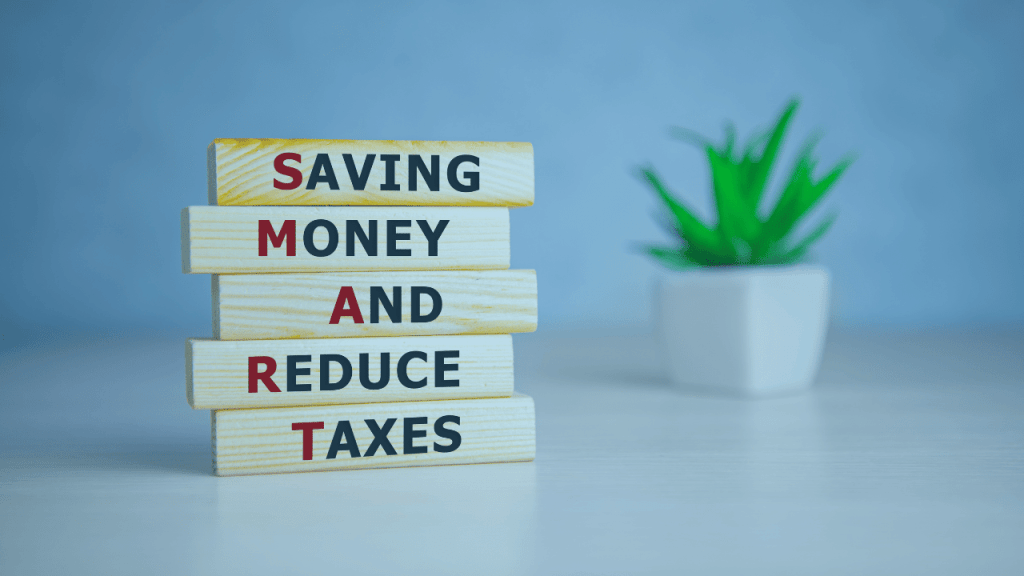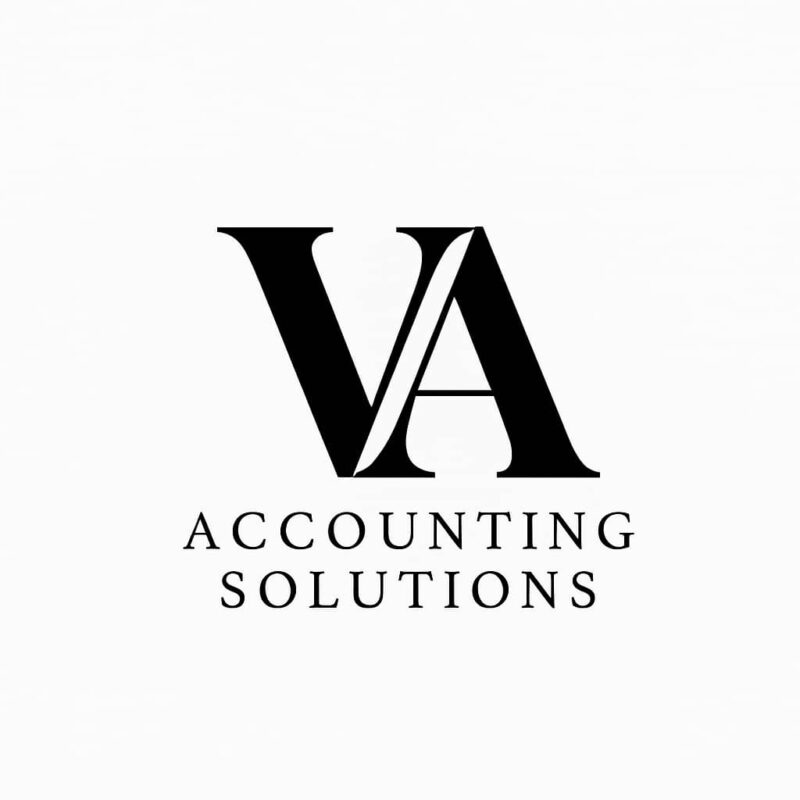It’s Not About Evasion, It’s About Efficiency
Every self-employed individual wants to reduce their tax bill, but it’s crucial to distinguish between illegal tax evasion and legal tax planning. Effective tax planning involves using the full range of allowances, reliefs, and structures that HMRC provides to ensure you pay no more tax than is legally required.
Being tax-efficient is not about finding loopholes; it’s about understanding the system and making smart, informed decisions about your finances. From maximising your expense claims to making strategic investments, there are numerous legitimate ways to lower your taxable profit and keep more of your hard-earned money. This guide outlines ten practical and HMRC-approved strategies for the UK self-employed.

1. Master Your Allowable Expenses To Reduce Tax Bill
The most direct way to reduce your taxable profit is to claim for all your allowable business expenses. These are the day-to-day running costs of your business that are ‘wholly and exclusively’ for trade purposes. Many sole traders pay too much tax simply because they overlook legitimate claims.
Key areas to focus on include:
- Home Office Costs: A proportion of your household bills like heating, electricity, council tax, and internet can be claimed.
- Vehicle and Travel Costs: Use either the simplified mileage rates or claim a proportion of actual running costs like fuel, insurance, and repairs for business journeys.
- Office Supplies and Equipment: Stationery, software subscriptions, and phone bills are all deductible.
- Professional Fees: Costs for accountants, legal advice, and business insurance are allowable.
Keeping meticulous records is the key to maximising these claims.
2. Utilise the £1,000 Trading Allowance (If It Makes Sense)
HMRC offers a £1,000 tax-free trading allowance. If your gross income from self-employment is over £1,000, you can choose to deduct this £1,000 allowance from your income instead of calculating and claiming all your individual expenses.
This is a strategic choice:
- Claim the allowance if: Your total annual business expenses are less than £1,000. It’s simpler and gives you a larger deduction.
- Claim actual expenses if: Your total annual business expenses are more than £1,000. This will result in a lower tax bill.
You cannot claim both, so a quick calculation is needed to see which option is more beneficial for you.
3. Claim Capital Allowances on Your Assets
While you can’t claim the full purchase price of long-lasting business assets as a standard expense, you can get tax relief through Capital Allowances. This applies to ‘plant and machinery’ such as computers, tools, business vehicles, and office furniture.
The most valuable form is the Annual Investment Allowance (AIA), which currently allows you to deduct 100% of the cost of qualifying assets, up to a limit of £1 million in a year, from your profits. For assets that don’t qualify for AIA, such as business cars, you can claim a percentage of their value each year through ‘writing down allowances’.
4. Make Pension Contributions for Tax Relief
Making contributions to a personal pension is one of the most tax-efficient actions you can take. When you pay into a pension, the government provides tax relief, effectively topping up your contribution.
For a basic-rate taxpayer, for every £80 you contribute to your pension, the government adds £20, making your total contribution £100. If you are a higher-rate (40%) or additional-rate (45%) taxpayer, you can claim further tax relief through your Self Assessment tax return, making the saving even greater. This not only reduces your immediate tax bill but also builds your savings for retirement.
5. Consider Incorporating as a Limited Company
As your profits grow, operating as a sole trader may no longer be the most tax-efficient structure. By incorporating as a limited company, you and your business become separate legal entities.
- Sole traders pay Income Tax and National Insurance on all profits above the personal allowance.
- Limited companies pay Corporation Tax on their profits, which can be at a lower rate than higher-rate Income Tax. You then pay yourself from the company, typically through a small, tax-efficient salary and dividends.
This structure generally becomes more tax-efficient once profits reach around the £25,000 to £30,000 mark. It also offers the significant advantage of limited liability, protecting your personal assets from business debts. However, it comes with greater administrative responsibilities.
6. Claim Marriage Allowance
If you are married or in a civil partnership, and one partner’s income is below the personal allowance (£12,570 for 2024/25) while the other is a basic-rate taxpayer, you may be able to use the Marriage Allowance. This allows the lower earner to transfer 10% of their unused personal allowance (£1,260) to their partner, reducing their tax bill by up to £252 a year. It’s free to apply and can be backdated for up to four years.

7. Employ Your Spouse or Partner (Correctly)
If your spouse or partner genuinely works for your business, you can pay them a salary as an allowable business expense. This increases your business costs, which in turn reduces your taxable profit.
There are strict rules to follow:
- The work must be real and necessary for the business.
- The salary must be a commercially reasonable rate for the work being done. You cannot pay an unjustifiably high wage simply to reduce tax.
- You will need to register as an employer and operate a PAYE payroll system.
8. Use Tax-Efficient Savings and Investments (ISAs)
An Individual Savings Account (ISA) allows you to save or invest up to £20,000 per tax year without paying any tax on the interest, dividends, or capital gains. While not a direct business deduction, moving personal savings into an ISA is a crucial part of overall tax planning. It ensures that any income generated from your savings does not add to your overall tax liability, which is particularly important for higher-rate taxpayers.
9. Carry Forward Any Trading Losses
If your business has a bad year and your allowable expenses are greater than your turnover, you will have made a trading loss. You can carry this loss forward and offset it against profits from the same business in future years. This reduces your future taxable profits and, therefore, your future tax bills.
10. Choose the Right Accounting Method
Most small sole traders use ‘cash basis’ accounting, where you only record income and expenses when money actually changes hands. However, you can elect to use ‘traditional (accrual) accounting’, where you record income and expenses on the date you invoice or are billed. While more complex, traditional accounting offers more flexibility for loss relief, which can be beneficial in certain circumstances.
Conclusion: Proactive Planning is the Best Tax Strategy
Reducing your tax bill legally is about being informed and proactive. By regularly reviewing your expenses, making strategic use of allowances like the AIA and pension contributions, and considering the right business structure for your level of profit, you can significantly improve your tax efficiency. The best approach is to plan throughout the year, rather than leaving it all until the Self Assessment deadline.
FAQs: Legal Ways to Reduce Your Self-Employed Tax Bill in the UK
1. What expenses can I claim as a self-employed person in the UK?
You can claim allowable business expenses such as office costs, travel expenses, business insurance, marketing, professional fees, and a portion of home office costs.
2. Can I pay less tax by using the trading allowance?
Yes. If your self-employed income is £1,000 or less in a tax year, you don’t need to register or file a tax return. If your income is above that, you can still claim a £1,000 tax-free trading allowance.
3. Should I operate as a sole trader or set up a limited company?
Operating as a limited company can reduce your tax bill due to lower corporation tax rates and tax-efficient ways to pay yourself (e.g., salary + dividends). However, it involves more admin and compliance.
4. How does claiming for use of home as an office reduce tax?
If you work from home, you can claim either a flat rate (simplified expenses) or a proportion of actual household bills (like electricity, heating, internet) based on business use.
5. Can I claim for mileage and travel expenses?
Yes. You can claim 45p per mile for the first 10,000 miles and 25p per mile thereafter when using your personal vehicle for business. Train, bus, and parking costs (not fines) are also deductible.
6. Are pensions a good way to reduce self-employed tax?
Yes. Contributions to a personal pension plan are tax-deductible and can reduce your overall tax liability while helping you save for the future.
7. Can I split income with my spouse to pay less tax?
If your spouse helps with the business and is in a lower tax band, you can legally split income by employing them or setting up a partnership, as long as it reflects actual work and fair pay.
8. How can I reduce payments on account?
If your tax liability is expected to be lower than the previous year, you can apply to reduce your payments on account by submitting an estimate to HMRC.
9. What is capital allowance, and how can it help?
Capital allowances let you deduct the cost of certain equipment, machinery, or business vehicles from your profits before tax. The Annual Investment Allowance (AIA) lets you claim 100% in the year of purchase.
10. Should I hire an accountant to help reduce tax?
A qualified accountant can identify deductions you might miss, ensure compliance, and help you plan efficiently—often saving you more than their fee in tax reductions.
